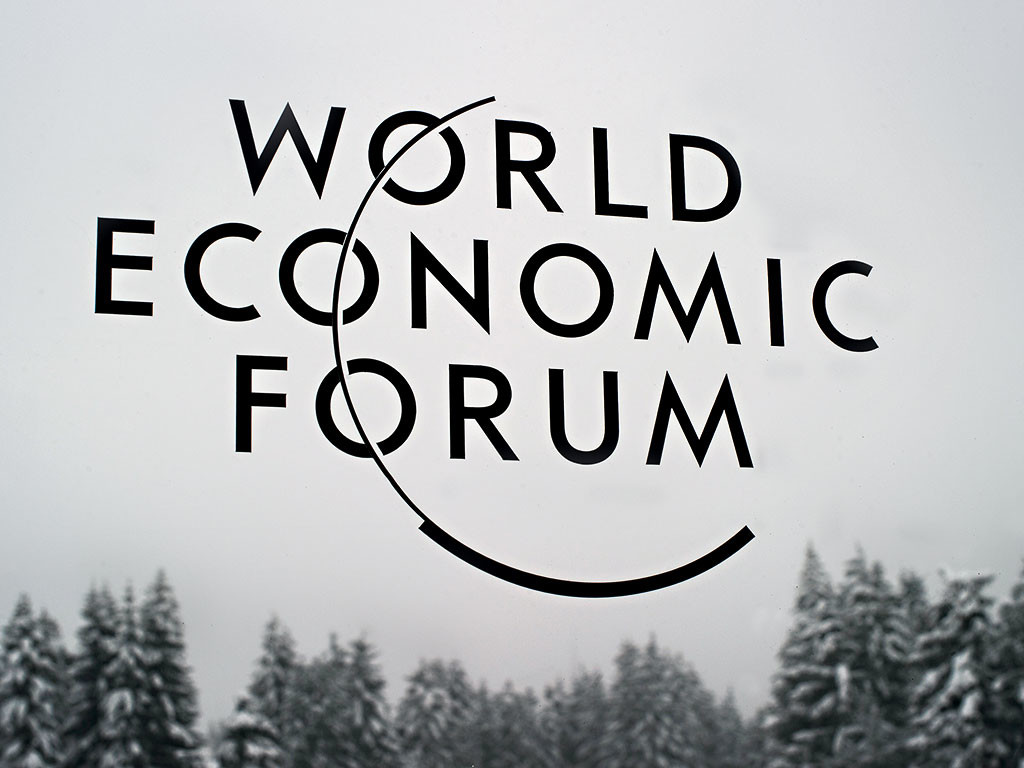Blockchain 2.0
Cryptocurrencies are only the beginning
Launching the Credit Suisse Blockchain Revolution Series: In this in-depth report, we analyse the market implications of blockchain technology in light of the bitcoin boom since our initial cross-sector and cross-border publication, Blockchain: The Trust Disrupter, roughly a year ago. While we make no comment on the valuation of particular cryptocurrencies, we believe the rise of bitcoin and Initial Coin Offerings highlights how transformative the underpinning blockchain technology will be across sectors, with financial services and capital markets at the front of the queue.
Various blockchain projects we discussed in our previous report are arriving at preliminary conclusions, transitioning from Proof of Concept to Pilot and even Production phases of development. To contextualise these over the medium to long term, we once again deliver a collaborative analysis of the following:
■ Cryptocurrencies and ICOs: Crucially, we see these providing momentum for further blockchain development, even if bitcoin and Initial Coin Offerings continue to encounter challenges to widespread adoption.
■ Blockchain’s utility: We examine the key advances and diversification of the applications that sit atop blockchain platforms – as well as the theoretical risks to blockchain itself. We also show project timelines to illustrate current and future positioning on the blockchain landscape.
■ Market implications: Contributions from 23 analysts across three geographies provide us with a cross-sector blockchain window through which we examine the Payments, Security, Banks, Exchanges, Business Services, Leisure, and Real Estate sectors.
Featured stocks include Sophos (Outperform; CS European SMID Focus List), Square (Neutral), LSE (Outperform; CS European Focus List), ASX (Underperform), Equiniti (Underperform), Experian (Outperform; CS European Focus List) and Playtech (Outperform).

